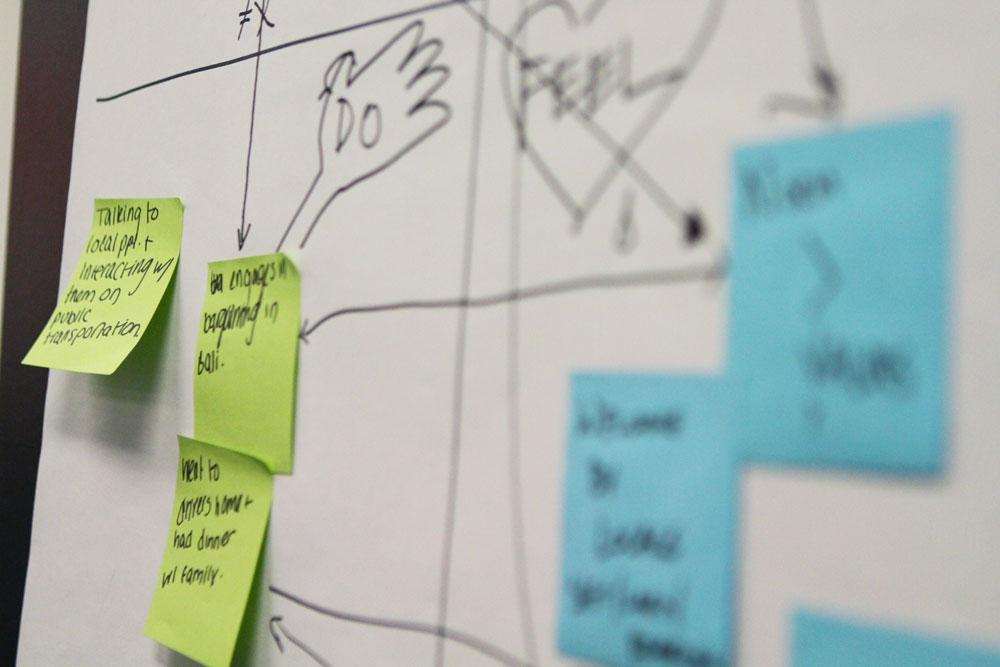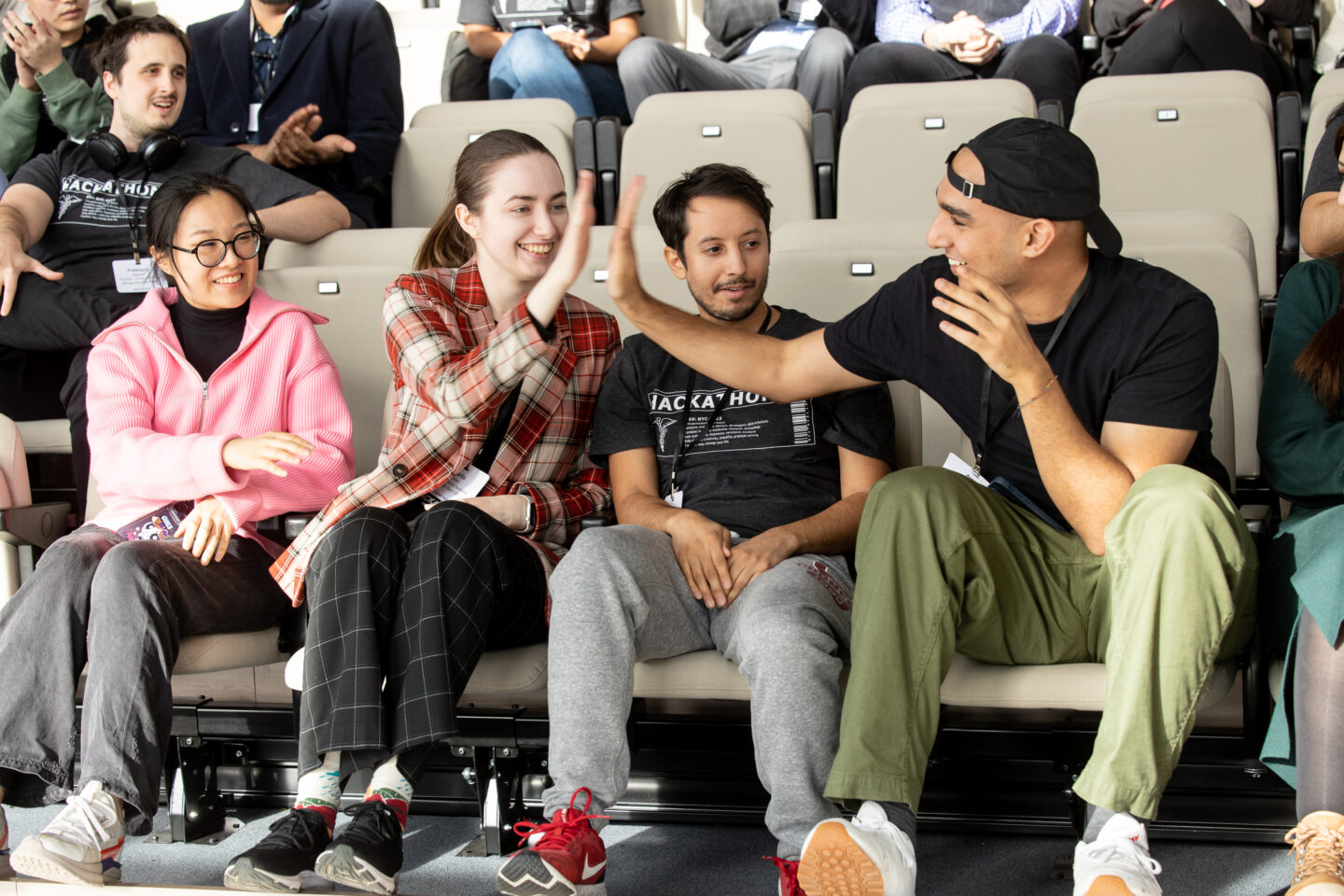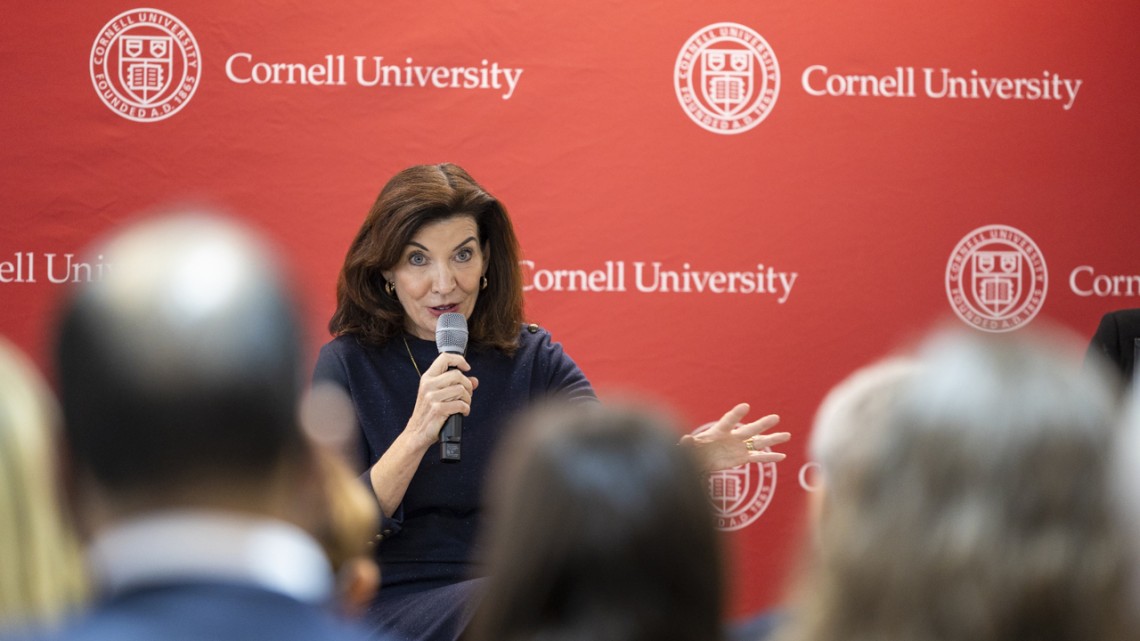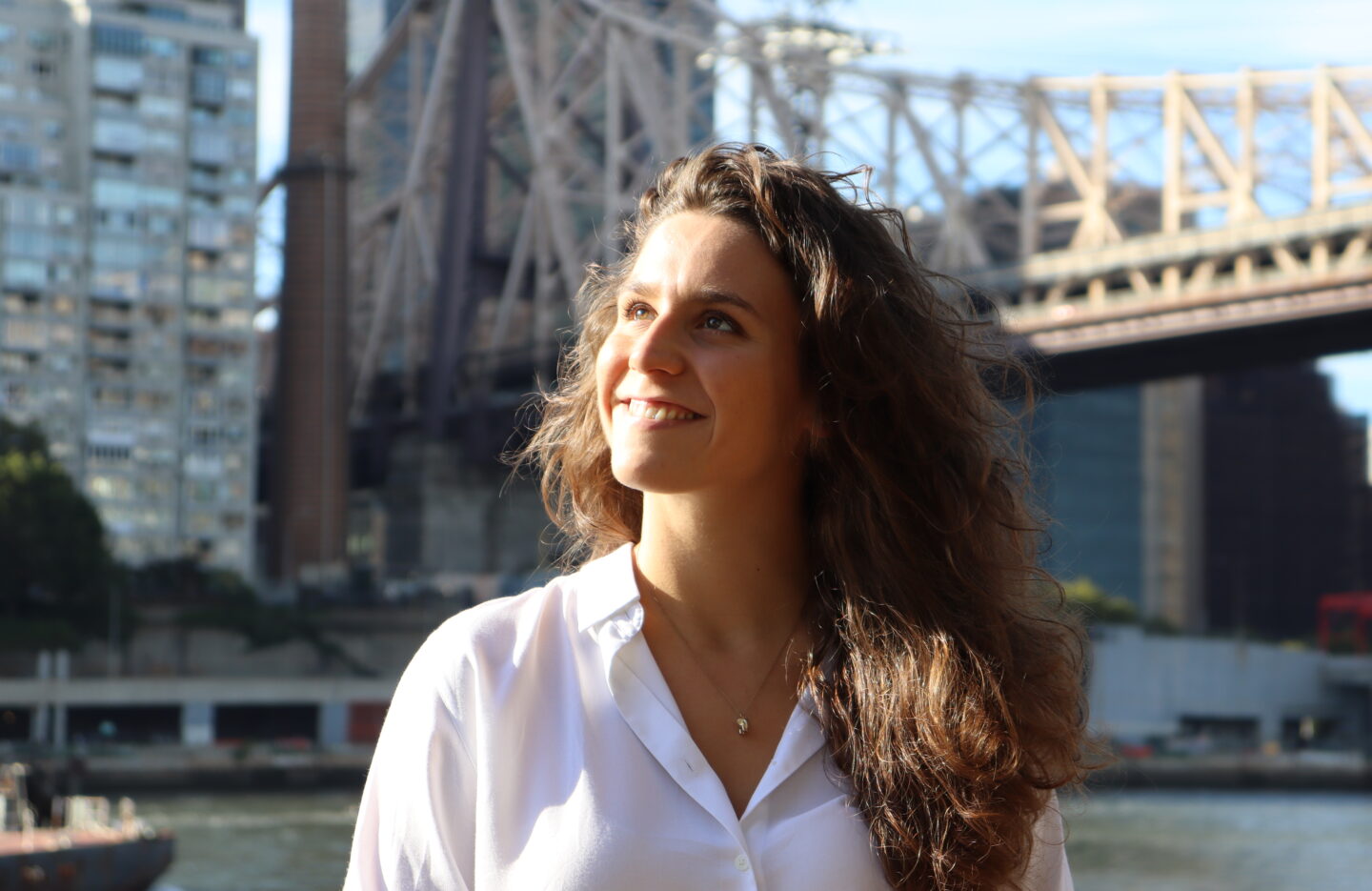
Design is more than lines on paper or fabric on mannequins. Design is the purpose or intention behind an action.
Sometimes it feels like a product was created with you in mind. Other times it feels like no thought was put into it at all. The difference is design.
Design thinking is the method used to innovate user-focused solutions to a posed problem or question.
This semester, Cornell Tech students worked with the Metropolitan Museum of Art in a design thinking exercise. Over a seven-week course, students learned the design thinking process as they applied it to the Met’s challenge of orienting new visitors.
Students had the opportunity to immerse themselves in the challenge and created interesting and innovative solutions.
Here are five takeaways from Design Thinking:
See the world through your user’s eyes
You must put yourself in the shoes of your user, or in the case of the Met challenge, the visitor. It will require you to make assumptions that may or may not be true, but that’s okay. Once you understand what is important to your user, you can better design your product to fit their needs.
Students in the course had to overlook their own needs and experiences at the Met and dive into their user’s point of view. Finding a compelling POV makes it easier to design with your user in mind.
Everyone has a story
Everyone you meet has a story that will give you insight into their character. When conducting interviews with users, look for that story. Ask questions that will elicit deeper responses. Finding that story will increase your empathy for the user and reveal their needs.
At the Met, students interviewed a wide range of visitors. From a group of teenagers on a field trip to a 70-year-old widower, students had to uncover the stories that defined their user.
Design for one can be design for all
The better you understand your user and the deeper you go into their POV, the more you will find your design will resonate with with others. Despite designing the product for one specific user, each team’s project would help everyone navigate the museum better.
The visitors picked by students were varied in age, ethnicity and background, with unique stories to tell. Despite these differences, their needs were universal and the solutions relatable.
Build then think
More time doesn’t always mean a better product. Rather than spending days and weeks planning your product, get your idea out there, get feedback and iterate quickly. The more you can test your idea and integrate feedback, the quicker you will arrive at a workable solution. Fail quickly and fail often.
Build on ideas
In design thinking it is important to practice “yes, and…” brainstorming techniques. Build on the ideas of others even if they’re unrealistic. A positive brainstorming session will encourage new ideas and create a better solution to your problem.
Learn more about Cornell Tech’s partnership with the Met and the challenge issued to the students.
Media Highlights
Tech Policy Press
Content Moderation, Encryption, and the LawRELATED STORIES





